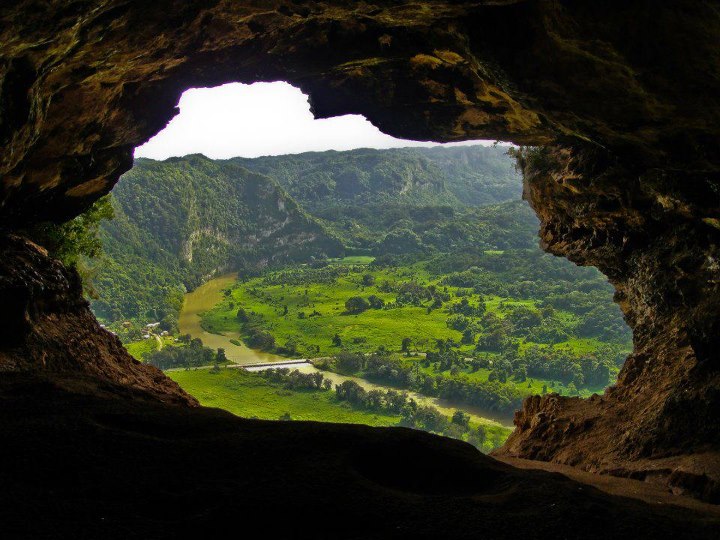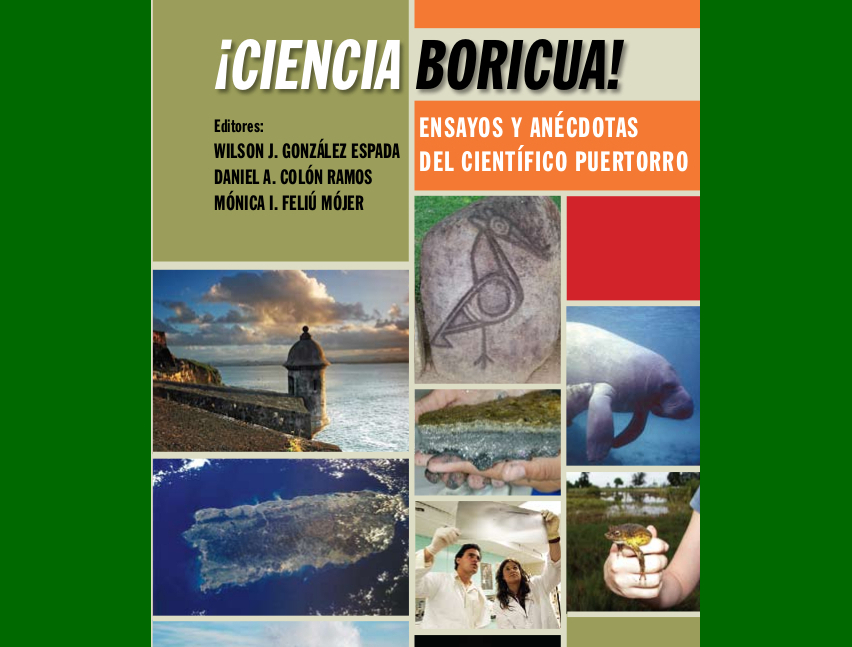Technological innovation at the service of the environment: Quebradillas cobitos find refuge in 3D shells
Submitted on 25 August 2025 - 1:30pm
This article is reproduced by CienciaPR with permission from the original source.
CienciaPR Contribution:
Original Source:
By:

Quebradillas - On the beaches of this municipality, hermit crabs face a silent dilemma: there are not enough shells to protect their soft bodies. Faced with scarcity, many resort to pieces of trash as shelter. Now, a scientific and community initiative is turning to an unexpected tool to address the crisis: shells made with 3D printers.
“This project sets a precedent for using technology as a model for conservation work,” said Héctor “Tito” Varela, program manager for the Surfrider Foundation in Puerto Rico, an organization dedicated to protecting the marine environment.
The idea was born last April, when the Surfrider Foundation, the Centro Criollo de Ciencias y Tecnología del Caribe (C3Tec), the Sociedad Ambiente Marino, and the Liga Ecológica Quebradillana joined forces with local communities to assess the threats to fiddler crabs and propose solutions.
In addition to being run over by vehicles and bicycles, crabs face a decline in shells on beaches because many people take them as souvenirs. Without natural shelter, these animals resort to plastic sheets and trash fragments as a last resort.
The problem is that plastic “houses” can be deadly. Fragments of this material can have sharp edges that injure their soft bodies, or be too light, causing the animal to float in the water or lose balance on land, explained Gustavo del Valle Cruz, an educator at C3TEC, based in Caguas. He also pointed out that, although the bright colors of the plastic do not directly affect the fiddler crabs, they do make them more visible to predators such as birds.
The situation not only affects crabs, but also the health of beaches. Cobitos play an essential role in the ecosystem: they feed on decomposing debris, functioning as natural “cleaners” of the coast. Their disappearance would have a domino effect on coastal balance, Varela explained.
Against this backdrop, 3D printing appears as an innovative alternative. The shells are produced with a corn-based filament (PLA) and last about six months, enough time for the hermit crab to grow and find a new home, according to Tasha Endara Álvarez, executive director of C3TEC.
Printing a shell takes between eight and 10 hours, depending on the size and model. The most efficient design so far is that of the bulgao, a round-shaped sea snail, Varela explained.
The pilot project will be implemented in the coming months in designated areas of Quebradillas. There will be three study groups: one with natural shells, another mixed with natural and 3D shells, and a third exclusively with printed shells.
Once the permits are approved, community volunteers, together with scientific leaders, will monitor the beaches, observing whether the turtles adopt the new shells, lose them, or have difficulty moving. The most active stage will coincide with the new moons in August, when thousands of turtles migrate en masse to the sea to reproduce.
Although the printed shells offer some relief, they are not a definitive solution. The underlying problem includes habitat loss, Varela warned, pointing out that illegal construction and deforestation on coastal cliffs are reducing the spaces where cobitos find food and moisture.
That is why the organizers insist on a comprehensive approach: conserving habitats, reducing plastic on beaches, and taking advantage of technological innovation.
“The cobito creates a link between a child's first experiences and the sea coast, but ultimately, it reminds us of who we are: the Caribbean,” Varela said. Puerto Rico's collective memory, according to the manager, is a reason to continue protecting hermit crabs.
To better contribute to the project and maintain environmental health, donating collected seashells or simply keeping beaches clean are concrete steps that can be taken to ensure that cobitos can continue to fulfill their role in the ecosystem and in Puerto Rican culture, experts said.







